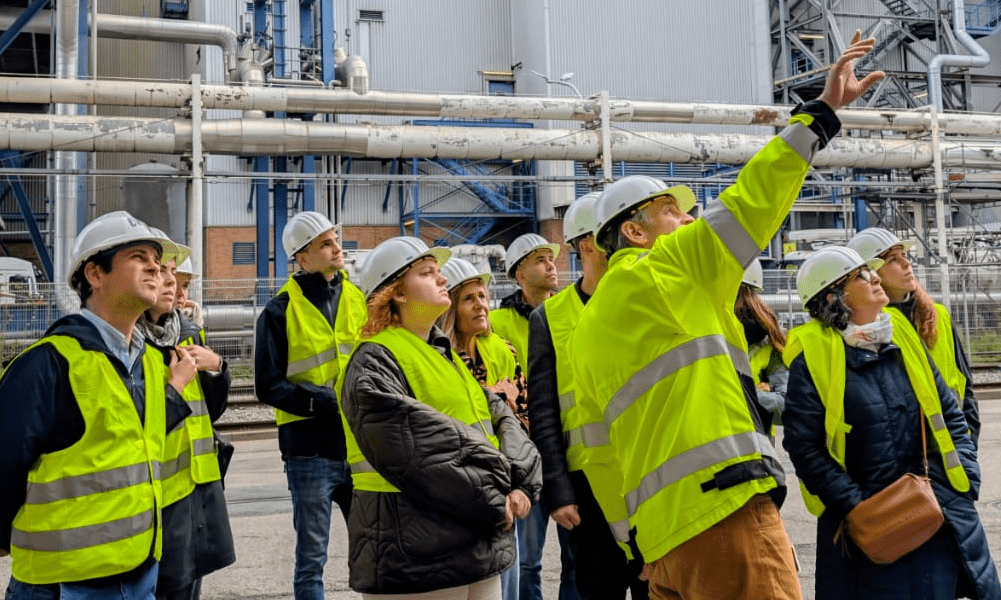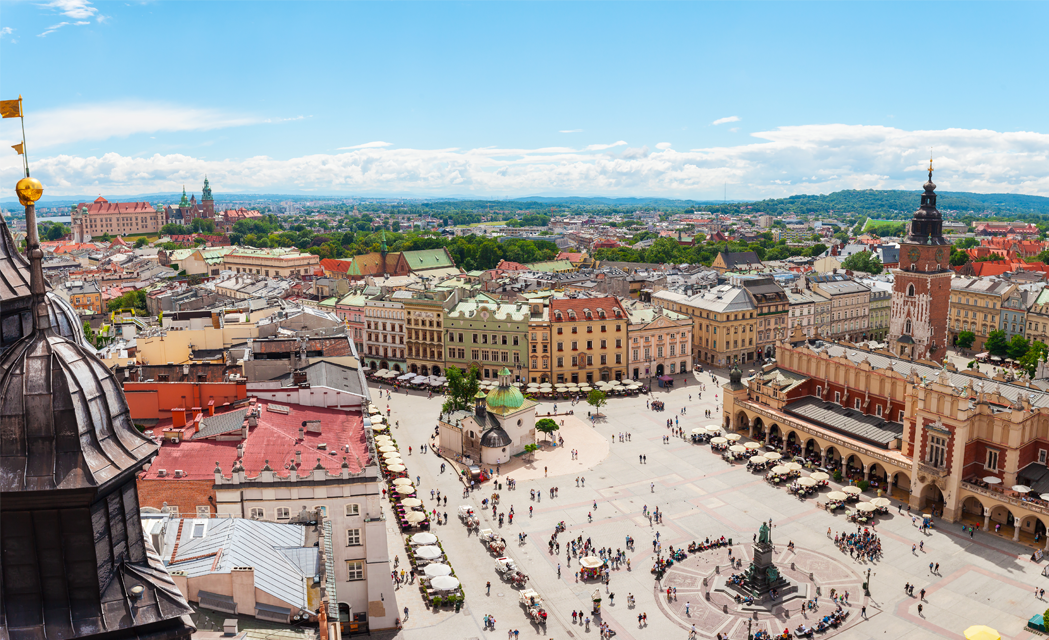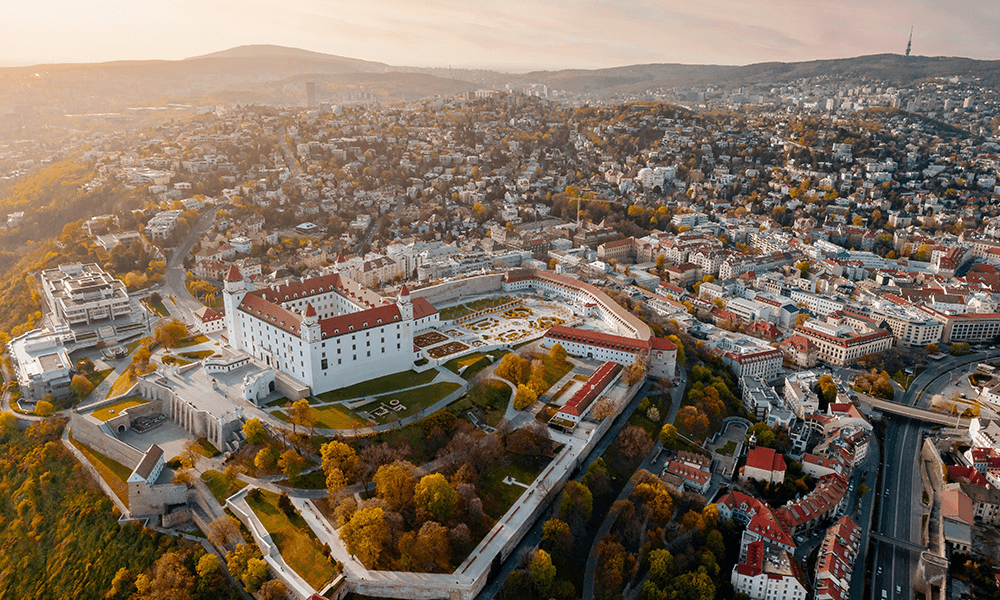Author: Elisa Abrantes
Stories from Pilot Cities: Trondheim is one of the 112 cities participating in the EU Mission to deliver 100 climate-neutral and smart cities, and the Pilot Cities Programme – a component of the Mission that focuses on exploring and testing pathways to rapid decarbonisation over a two-year period.
“If we don’t address the issue of consumption, our emission reduction goals will never be enough,” says Chin-Yu Lee, reflecting on her experience of over a decade working in climate policy.
In Trondheim, Norway’s third-largest city, that systemic change is being put to the test through a carbon capture and storage project in the city’s existing waste-to-energy facility. The waste-to-energy facility processes residual waste that remains after reuse and recycling, meaning it sits at the end of the consumption chain. By capturing emissions from this stage, the project addresses the climate impact of consumption that can’t be avoided upstream.
The technical upgrade will allow the city to better address emissions from unsortable waste. But to Lee, who works in the municipality, it’s also a test for how cities can drive a just and effective climate transition, even without direct control over the plant’s infrastructure and business decisions.
The technical upgrade will allow the city to better address emissions from unsortable waste. But to Lee, who works in the municipality, it’s also a test for how cities can drive a just and effective climate transition, even without direct control over the plant’s infrastructure and business decisions.

Circular economy is of high focus. Here a guided tour to the reuse shop and warehouse by Trondheim Renholdsverk, the waste management company for household waste.
The initiative is part of Trondheim’s participation in the Pilot Cities Programme, where the city is turning theory to practice through their project ‘Cities as a Test Bed for Climate Neutrality: Implementing Carbon Capture and Storage (CCS) in Waste-to-Energy for a Net-Zero City’.
As the pilot lead, Lee also sees the project as a learning tool yielding two types of insight: “One is how companies think and make investment decisions. The other is how citizens engage with climate decisions,” she says.
Learning to think like a business
By 2030, Trondheim wants to reduce direct greenhouse gas emissions by 80% and compensate for the rest, thereby reaching full climate neutrality. Around a quarter of Trondheim’s current GHG emissions come from the city’s waste-to-energy facility, which handles unsortable waste and provides district heating to buildings across the municipality.

Heimdal varmesentral - the WtE plant
Carbon capture and storage could cut those emissions by a dramatic 220,000 tonnes per year by capturing carbon dioxide from the incineration process and storing it underground, preventing it from entering the atmosphere. But the city doesn’t own the waste facility and can’t make investment decisions directly.
“It’s operated by Statkraft Varme, a leading renewable energy company in Norway. We don’t have a direct say in their investment decisions, so we work with them through a partnership to make progress towards these goals together,” says Lee.
The lack of ownership has placed the city in a role of orchestration and matchmaking. To do this job effectively, Trondheim Municipality is embedding itself in the decision-making logic of the plant owner and trying to understand what a viable business case for CCS would look like.
Workshops they organised with Statkraft and SINTEF, a leading Norwegian research institute, revealed how business decisions heavily depend on factors like operational costs, timelines, and emerging carbon markets.
“For me and my colleagues, this was a new perspective,” says Lee. “What kind of risks do companies look at? What incentives do they need? What makes them act or hesitate? It was very different from how we normally think in local government.”
By bringing this experience into the municipality, Trondheim is positioning itself to work more efficiently with companies and increase the number of such partnerships in future.
Listening to citizens
The project builds on what Lee calls the triple helix approach: an existing close collaboration between the municipality, the private sector, and the research community. But the city recognises the need to expand the model into a quadruple helix, adding citizens as an active and equal part of the equation, and learn how to engage the public in technically complex and potentially controversial climate measures.
The forum for this is a citizens’ assembly. The city invited a randomly selected group of residents to take part in a series of four workshops focused on one key question: How can the CCS project be implemented in a way that is socially just and publicly understandable? All four workshops took place in June, with citizens presenting their recommendations to the city government on 24 June 2025.
“We didn’t ask them to approve or reject it. Instead, we asked them to work together to come up with 15 suggestions for the project, reflecting their main concerns and trying to make it just and inclusive,” says Lee. “We did a lot of planning and preparation, but weren’t sure it would work,” she says. “Would people show up? Would they stay? Would they engage with such a technical issue?”

Vice mayor for environment, business and transportation - Line Fjørstad - opened the citizen's assembly.
But they did, and the results exceeded expectations. 19 participants gathered for 20 hours and generated 15 concrete proposals across six categories, from democracy and ethics to logistics and consumption, and the workshops offer a potential model for designing socially grounded climate measures.
“It surprised us how thoughtful and serious their input was,” says Lee.
This was not the first citizens’ assembly, but this time Trondheim Municipality aims for institutionalisation of this method. Lee is enthusiastic that the results will lead to more spaces for community engagement in municipal decision-making across the whole organisation.
The panel’s 15 recommendations reflected a broad engagement with the social, economic, and practical dimensions of CCS. They called for a fair distribution of costs, protection for low-income households, and urged that the project does not become an excuse to scale back efforts on waste reduction. They asked for early, meaningful citizen involvement, strong communication on risk, and careful consideration for local impacts like transport and noise. One recommendation read: “Make sure the benefits and burdens are distributed fairly, those with the biggest footprint should pay more.”

Citizen's Assembly
A city of systemic transformation
At first glance, learning how companies think and how citizens feel might seem like two separate tasks. But for Trondheim, they’re both integral to successful climate measures, especially those aimed at cutting emissions that are part of the consumption chain.
“You need to know how to move the system, how to get infrastructure built. And at the same time, you need to know how to build legitimacy. You can’t have one without the other,” says Lee.
Their climate plan rests on four pillars: becoming climate neutral, energy smart, circular, and climate resilient. Their pilot project takes a systemic approach by considering all four, by directly reducing emissions from a major source, capturing carbon at the end of the waste chain, decarbonising district heating, and opening decisions to citizens.
The implementation of the CCS facility is not the only indicator of success. Trondheim’s experiment offers lessons for cities everywhere grappling with similar dilemmas: how to handle unavoidable emissions, how to fund major infrastructure, and how to engage the public in complex decisions that affect everyone.
Their dual insight into the technical and social elements of the transition is shaping how Trondheim approaches its broader climate strategy. Its approach of simultaneously learning the language of corporate finance and democratic participation suggests a model for governance that embraces a systemic approach to climate challenges.

The incineration furnace - guests from our twin city Tomar, Portugal visiting

Citizen's Assembly





